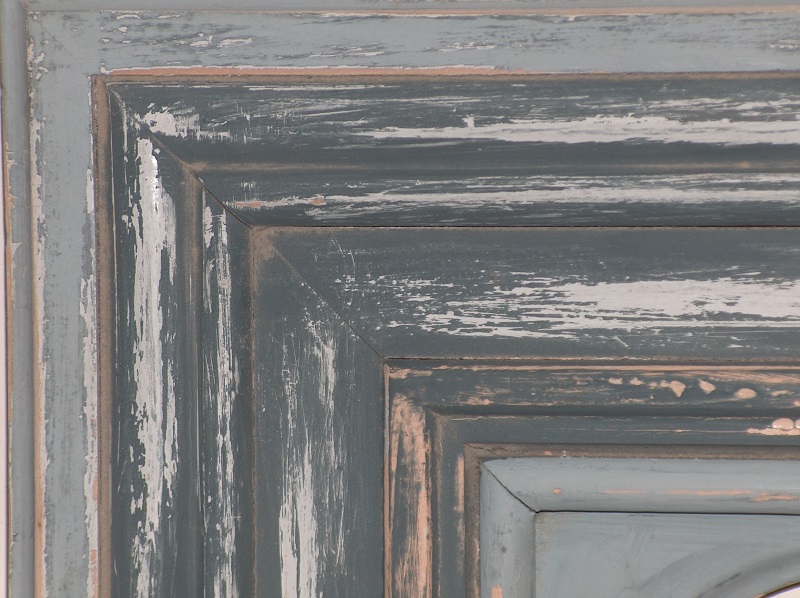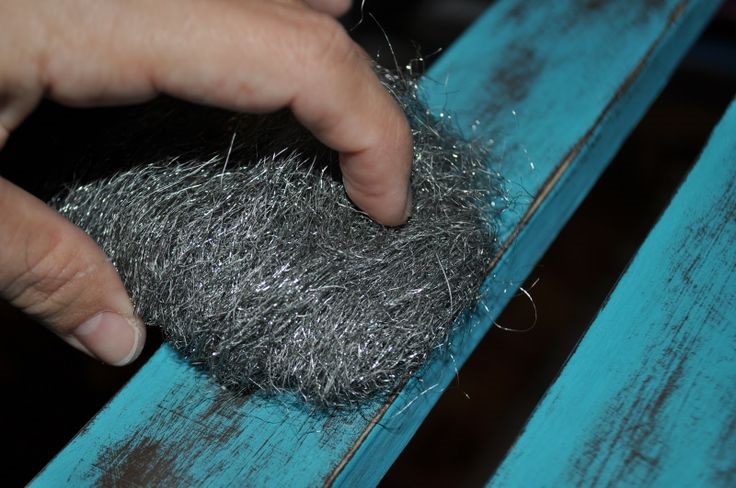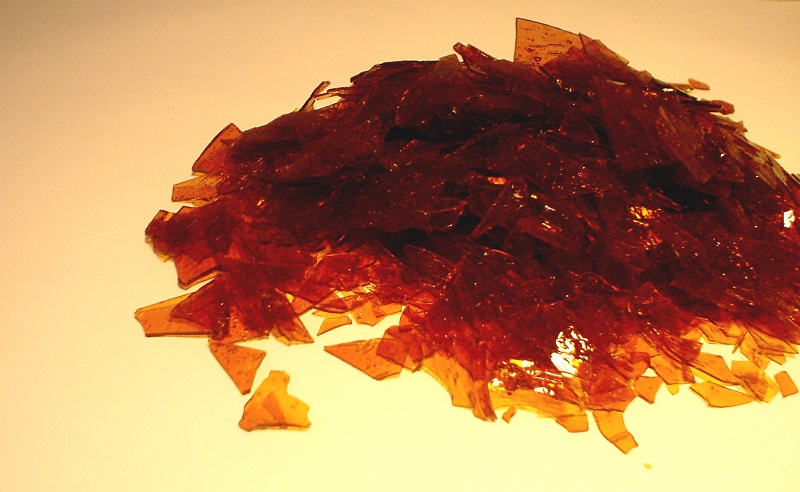Over the years I have provided information on wood finishing, the materials and technologies used, the problems that can occur and the finishing defects. I have often used specific technical terms, due to the experience I have gained over the years of working with finishing materials, without realizing that they are not common words or that some of them have a different meaning in finishing than the generally accepted one. They are terms you often find on the labels of waxes, oils, varnishes and paints in the shops. For those in the position of novice wood enthusiasts who want to use this information in their projects, the terms can be confusing and give rise to questions ( Does primer color? Can I varnish? What is the difference between varnish and paint?). I propose to briefly explain these terms in the following by also cross-referencing to magazine articles where you can find the product or operation described in detail. To make it easier to follow, the terms have been arranged in alphabetical order.
Antiquing
A series of operations that result in an object or piece of furniture with an antique appearance. Antiquing involves both techniques that are applied to wood to make it resemble naturally aged wood (knocking, scratching, staining) and materials that give it the patina of time. There are various antiquing technologies and you will find some of them in dedicated article this operation.

Baiț
Staining solution with which the wood is colored so that the natural lion design is visible. It is a way of transparently staining the wood, while the grain remains visible. The term ink, borrowed from Italian.
Orange peel
A shiny, orange-peel appearance of the varnish or primer film. It is a finishing defect that can occur for various reasons: the material applied is too thick (insufficient dilution), the compressed air pressure in the spray gun is too high, the temperature of the varnish and the wood are different during application. For the film to be spread again, this layer must be sanded off and another one applied. Read more about orange peel here.
Corp solid
A term used for the solid resin content of a varnish, paint or other finishing product. These products are diluted with water or organic solvents at the time of manufacture. After application the water and solvents evaporate and the solid resin remains on the wood. This term, which is mentioned in the technical data sheet or on the product label, indicates how much material will remain on the wood as a film (resin) and how much will evaporate (water or thinner). The solids content is expressed in percentages and is one of the terms that indicate the quality of a finishing product. More body means a better product.
VOC Volatile Organic Compounds
The total amount of organic solvents in the varnish, primer or paint that evaporates and reaches the working environment or the atmosphere through exhaustion systems. It is expressed as a percentage and is always stated on the label. Find information on volatile organic compounds and their influence on the environment here.
Viscometric cup
An instrument for measuring the viscosity of varnishes, paints or primers. The viscosity indicates the time, in seconds, in which a quantity of material comes out through the orifice (nozzle) of a cup. Viscosity is an indicator that can be found in the product data sheet and can be easily checked (as opposed to the solid body, which is much more difficult to determine). The cup is also used to check the application viscosity of these products after mixing with the recommended solvent. The application viscosity is a parameter recommended by the manufacturer and can be found in the technical data sheet or on the product label. It is one of the parameters that help to avoid the orange peel appearance.
Dispersion
Mixture in equilibrium between a liquid component and fine particles of solid material. For example, PVA adhesives (polyvinyl acetate), of the aracite type, are aqueous dispersions.
Opaque pigmented paint/varnish through which the natural wood grain cannot be seen. The enamel is not transparent.
Glaze
Material for coloring and patinating wood. Glazes come in several types and are usually used to give an antique look to wood or to achieve special effects on wood.
Gloss
Gloss = Degree of gloss. Shows the film's ability to reflect light. The film, whether transparent or opaque, can be glossy or matt depending on how much it reflects light. The amount of reflected light can be measured and the result is expressed in numbers from 0 to 100, with 0 being a very matt film with no gloss at all and 100 being a very glossy film. There are varnishes and paints with varying degrees of gloss. An object can be varnished even if it has no gloss at all. Lack of gloss does not mean lack of lacquer. There are varnishes with a gloss level below 5 that have no sheen, protecting the wood without affecting its natural look.
Grund
A layer of finishing material with very good coating, adhesion and sanding properties, applied directly to stained or unstained wood. It is the substrate on which the final lacquer coat is applied. A system containing primer and varnish/paint gives a superior film quality. It is how wood is finished in factories. It is not always mandatory for DIY projects.
Hardener/Catalyst
Component B of two-component varnishes/coats/paints. Following the reaction between component A (primer/varnish/paint) and catalyst the film forms.
Steel wool
A very fine abrasive material which is actually a very fine steel wool-look steel wool-drawn shaving. It is used for fine grinding to create various special effects. For example it is used to remove wood ageing skids so they only stay in certain places. Being very fine, it removes skids without scratching the varnish or paint.

Lake
Transparent finishing material, applied as a final finishing coat. Like paint (enamel), it imparts surface properties to the film: pleasant flow, mechanical and chemical resistance, gloss.
Metamerism
The apparent change in the hue of a color depending on the source of light, natural or artificial light from a light bulb or neon lamp.
Over-spray
Amount of material resulting from spraying that does not settle on the object but remains in the working medium. This material is lost and a gun or spray application system is all the more effective the smaller the amount.
Skate
Finishing material used to create various effects on wood or furniture: antiquing, wood pore marking, slight gold or silver accents, etc.
Pot-life
As you saw above there are two-component finishing materials. The time during which the mixture can be used without the reaction between the two starting, thus changing its properties, is called the pot-life. After this time the mixture changes its properties and starts to become thicker, less fluid. At this stage it can no longer be used, even if it is diluted to its original viscosity.
Shellac
Natural orange-colored resin secreted by a species of insect from India and Indochina. Dissolved in an organic solvent, it forms the lake of the same name. In the links below you will find extensive information on both the lake itself and about frech polish, the method of application so as to achieve glossy surfaces with a silky silky look.

Thixotropy
The property of some peliculogenic materials to have low viscosity under agitation and high viscosity at rest. Varnishes with this property are easily applied vertically without the risk of material leakage. The appearance is that of a very thick varnish without necessarily having a large solid body. The viscosity of these varnishes cannot be determined with the viscometer cup. An example varnishes are the water-based ones for outdoor use.
I hope you find these explanations helpful. If you have friends who have "stumbled" on such terms, help them by sharing the article. If you have additions or questions leave them in the comments area.

































It's nice site for someone who is content with a specialized reading.
It stops being cute for someone who is actually looking for a solution to their problems from a furniture manufacturer's perspective.
Gentlemen and ladies, try to provide information, prices about the few providers of solutions, services on a market as poor as the Romanian one.
And here I refer to very simple issues:
1) How can I paint a mdf front if I don't own - and don't intend to - machinery?
Global Design (maybe Accesoria Group, maybe NetFront) will say wood magazine. Wrong, it takes a long time (5 weeks) and they are often wrong (corrections are made in another 5 weeks). Offer alternatives.
2) How can I make prototypes of solid or mixed wood furniture?
Are there any serious workshops in Ro that can work on a project sent by email?
3) Suppliers of decent hardware.
Hello.
The lack of information in the field led us to this magazine. We try to provide as much technical data and commercial news as possible, but unfortunately we don't have access to all the information. Prices are the most difficult to offer because manufacturers or importers prefer to talk directly with customers considering that each application has its own specificities. However, when we present a company's product, we always give contact details so that readers can discuss what they are interested in.
In relation to the suggested themes I will try to suggest some solutions, maybe they are helpful.
1. For MDF fronts you mentioned the major manufacturers. They have stable contracts that have priority and this is a reason that increases the waiting time. But there are also smaller manufacturers or companies that paint for third parties. You can find them all over the country. The easiest way is to contact the distributors of professional finishing products in your area (ICA, Sirca, Sayerlack, Renner, Milesi, etc). They will direct you to such companies.
2. For prototypes you can use the existing groups on social networks: Woodworking Romania, Carpenters, Solid Wood Carpenters Group, etc. Say what you want and where you are from and you will surely find workshops or small factories that will make your prototype. There are many very skilled carpenters who also work very well according to designs received by email.
3. Probably when you say decent hardware you mean the price. I know some manufacturers of bathroom and kitchen furniture who, in order to get a better price for hardware, bring it directly from European or Chinese manufacturers. In Romania you can find Blum, Hafele, Salice, Esor, as foreign brands, but there are also Romanian manufacturers (Ferochim Targu Mures, for example).
I hope you found it useful.
All the best!
Thank you, it would be even more complete if the English names (grund - sanding sealer) were added and the difference (varnish - polish) was explained a little.
Thank you. A very good idea! I'll make the additions.
All the best!
Can you phase the work according to the targeted settlement? several variants.
Good evening!
I don't understand what you mean. What works are we talking about and what element are you referring to?
If you give me more information I will be happy to answer.
All the best!